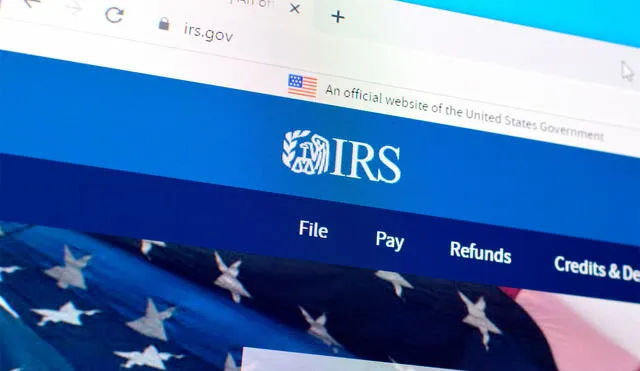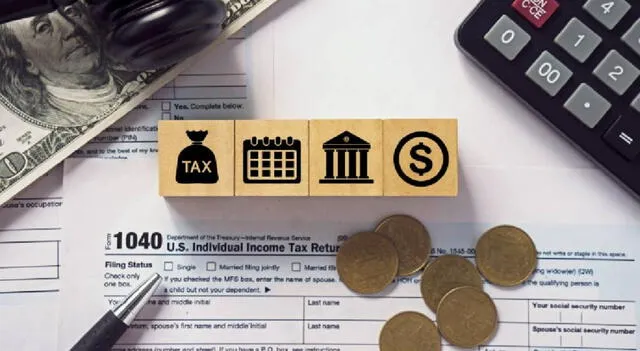When will my refund arrive? A complete guide to this year’s tax season in the US
The 2025 tax season is here! Learn when to expect your refund and how to track it, along with key filing dates and tips for first-time filers, in this complete guide to the U.S. tax season.

Tax season is officially underway in the United States, and millions of Americans are eager to find out when they can expect their refunds. The IRS started processing 2024 tax returns on January 27, 2025, and for many, filing taxes and receiving a refund is a key financial milestone of the year. However, how soon can you expect your refund to hit your bank account? Here’s a complete guide to this year’s tax season, detailing when you can expect your refund and how to track it.
For those who file early and opt for direct deposit, the process could be relatively quick. But if you choose to file via paper, the wait may be longer. Understanding how the IRS processes refunds and knowing the tools available to track them can help ensure a smoother experience.
IRS refund timelines: How long will it take?
Once you file your 2024 tax return, the speed at which you receive your refund largely depends on how you file. For e-filed returns with direct deposit, the IRS typically issues refunds within 21 days. This is the fastest option for those hoping to receive their refund quickly. However, if you decide to file a paper return, the process can take six to eight weeks from the date the IRS receives your paperwork.
If you file electronically and opt for a refund via direct deposit, you can expect to receive your refund faster. Direct deposit remains the most efficient and secure method to receive your refund. On the other hand, choosing paper filing and opting for a physical check can delay the refund process significantly.
Tracking your refund: How to use the IRS tools
The IRS offers an easy-to-use online tool, “Where’s My Refund?”, to help you track the status of your refund once your return has been processed. You’ll need to provide the following information to use the tool:
- Your Social Security Number (SSN) or ITIN
- Your filing status
- The exact refund amount from your return
The IRS updates refund status for e-filed returns 24 hours after submission, and for paper returns, it takes about four weeks after mailing your return. Using the Where’s My Refund? tool is the quickest way to track the progress of your refund and get real-time updates.

Tracking your refund through the IRS’s Where’s My Refund? tool can help keep you informed every step of the way. Photo: Freepik
Filing deadline and extensions: Important dates to remember
The deadline for filing your 2024 tax return is April 15, 2025. However, for those who need extra time, you can file for an extension that gives you until October 15, 2025, to submit your return. Keep in mind that an extension only extends the time to file your return, not the time to pay any owed taxes. If you owe taxes and don’t pay by the original deadline, you may face penalties and interest.
For those in areas affected by recent natural disasters, such as Tennessee residents impacted by Tropical Storm Helene, the IRS has granted an extension to May 1, 2025, for filing. Always check with the IRS or a tax professional to confirm your specific deadlines.
Tips for First-Time Filers and Free filing options
First-time tax filers should gather the necessary documentation to ensure a smooth filing process. These documents include:
- Social Security Number (SSN) or ITIN
- Income records (W-2, 1099 forms, etc.)
- Bank account information for direct deposit
Additionally, the IRS has expanded its Direct File program to 25 states, enabling eligible taxpayers to file their returns directly with the IRS for free, up from 12 states in 2024. This program helps simplify the filing process, especially for those with straightforward returns, and reduces the reliance on third-party tax preparation services.
If you are unsure about filing or need assistance, there are also many tax professionals who can help guide you through the process, ensuring that you don’t miss out on any deductions or credits that could increase your refund.
